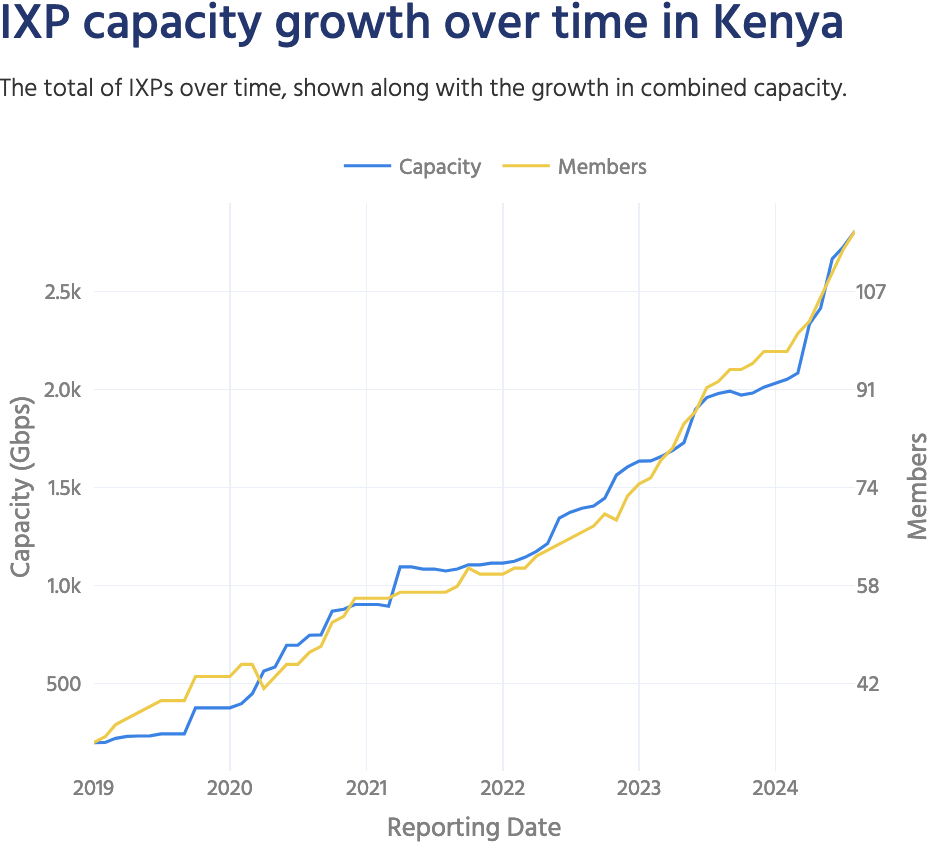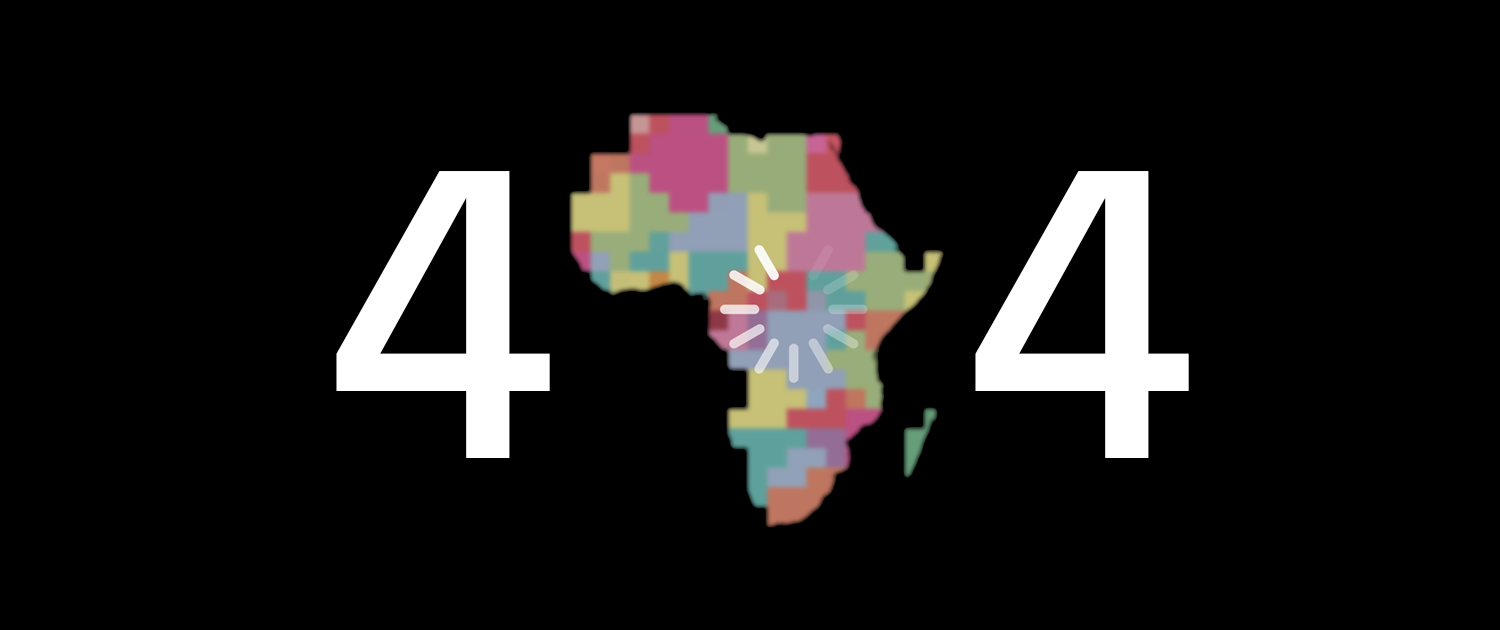In the first half of 2024, Africa experienced several local and large-scale Internet outages, ranging from a few hours to days, due to multiple damaged or undergoing maintenance submarine cables.
Submarine cable cuts are not uncommon — on average, there are over 100 each year. As Telegography notes, most of these cuts and faults barely affect Internet activity, or if they do, only for a few hours, as networks can reroute traffic via one of the other 500+ submarine cables that span the world.
The few cuts and faults that do make the news are due to no other cables being available to redirect traffic, either due to a lack of redundancy—for example, the Tonga cable cut in 2022 due to the subsea volcano eruption—or multiple cables being cut or experiencing faults at the same time.
Three such multi-cable cuts significantly impacted Internet traffic in 2024, the most notable being in the Red Sea (see timeline below), which initially impacted 25% of traffic between Asia, Europe, and the Middle East.
Pulse doesn’t currently track submarine or cross-border terrestrial cable numbers or capacity or how these contribute to a country’s Internet resilience. However, we recognize their critical role in serving more than 90% of intercontinental data traffic.
The Internet Society reviewed the impact of two major multi-submarine cable cuts off the West and East coasts of Africa in March and May and found that in both cases, the length of Internet disruptions was considerably shortened thanks to the African network operator community’s quick, collaborative efforts in the hours and days after the cuts and the resilience they’ve been steadily developing.
The Importance of Strong Technical Communities and Partnerships
National, sub-regional, and regional Network Operator Groups (NOGs) and peering forums have perhaps had the most significant legacy on Africa’s Internet development.
Since the first Africa NOG (AFNOG) in 2000, these groups and events have nurtured the current generation of network engineers who oversee the maintenance and development of Africa’s Internet infrastructure, performance, and security through technical training, promoting best current practices, and developing a sense of community within the industry (see timeline).
These community events forged many of the peering and interconnection relationships that were essential for network operators to quickly establish alternative paths for their regional and international connectivity during these recent outages.
Figure 1 — The 13 May outage impacted Vodacom Tanzania’s (AS36908) regular international transit via Vodacom (AS36994). Hence, they had to negotiate for their traffic to be redirected via MIC TANZANIA (AS37035), which still had a functioning international transit provider path.
The Importance of IXPs
While Internet users in the affected countries may not have been able to access many international cloud services, most local Internet traffic was still being routed in-country thanks to the presence of Internet exchange points (IXPs) and locally cached data.
An IXP is a physical place, sometimes inside a data center, where different networks interconnect and send traffic to one another. This is known as peering and makes Internet services faster, more reliable, and cheaper.
In Rwanda, online or cloud-based (remotely accessed) services were majorly affected during the East Africa submarine cable outage. However, RINEX (Rwanda’s IXP) statistics showed a mild drop in traffic compared to other IXPs in the subregion.

There were significant traffic drops in Tanzania, Uganda, Kenya, and the Democratic Republic of Congo, amounting to several gigabits per second, which is different from normal patterns (see report).
The Internet Society has carried out many activities to support establishing and growing IXPs in the countries affected by this fiber cut. These activities have included training workshops under the AXIS Project, equipment donations, cache fill grants, and hosting peering forums to strengthen the local IXP community.
The Importance of Locally Available Content
IXPs also often host or provide access to Content Delivery Network (CDN) caching servers that serve popular traffic locally. Table 1 shows the percentage of the most popular 1,000 websites in each African country hosted in-country, in-region, and out-of-region.
Cache servers require Internet connectivity to refresh content. When Internet connectivity is unavailable or of poor quality, the servers cannot download fresh content, which impacts what content can be made available to connecting networks.
Following the 12 May outage, Ugandan Internet Society Chapter member Lilian Achom reported difficulty accessing social media pages and e-learning resources. Nazarius, from our Tanzania Chapter, reported having severely degraded service for several hours.
While IXPs and CDN caches help offset the impact of international cable outages, the 13 March and 12 May events highlighted the level of international connectivity redundancy countries have in the region. Traffic rerouted via other functioning submarine cables quickly congested these different routes, which were not ready or capable of carrying such loads.
The Path to Improved Internet Resilience
These events have shown the importance of having upstream redundancy, whether submarine or terrestrial cables, satellite and more locally cached content, and IXPs allowing local Internet connectivity to continue when connections to the outside world are broken.
At least four new cables are expected to come online in Africa in the near future, and many more are expected to follow in response to these events. These new cables may also encourage more hyperscale cloud providers and CDNs to establish points of presence and host content in more countries in the subregion, bringing content closer to users and thus making it cheaper and quicker to access. Recent growth in data center investment is a positive sign of infrastructure development that makes more local content available via IXPs.
IXPs will also continue to play a pivotal role in local traffic transit and are expected to see continued year-on-year growth in membership and traffic as Internet usage in African countries continues to increase.

All these efforts and the lessons learned from this and other large-scale outages validate the work that Internet Society has collaborated on and will continue to do to increase the resilience of the Internet and empower those who defend and grow the Internet in all countries worldwide.


